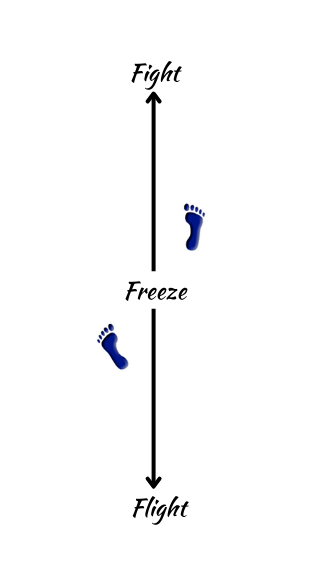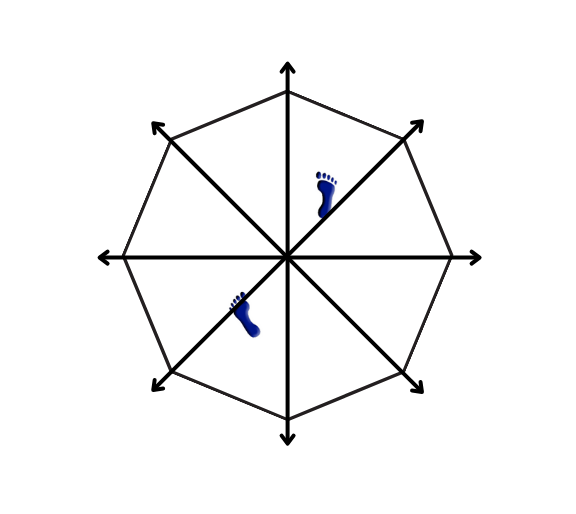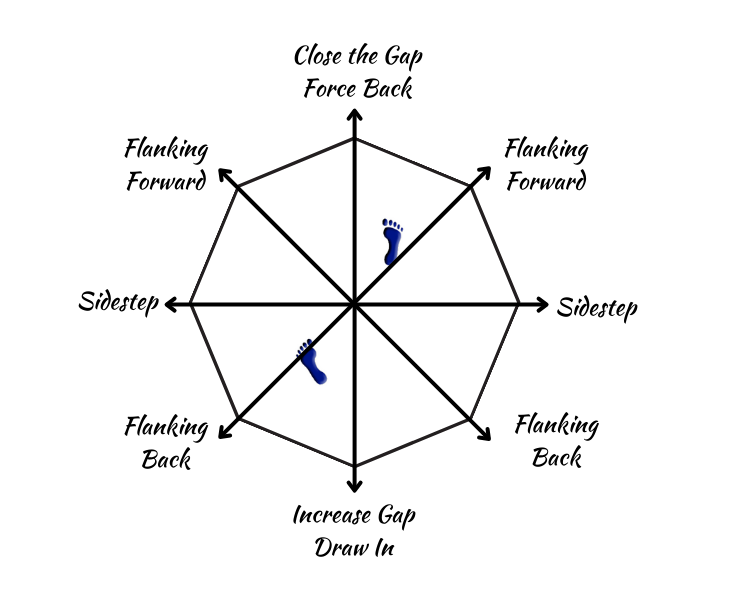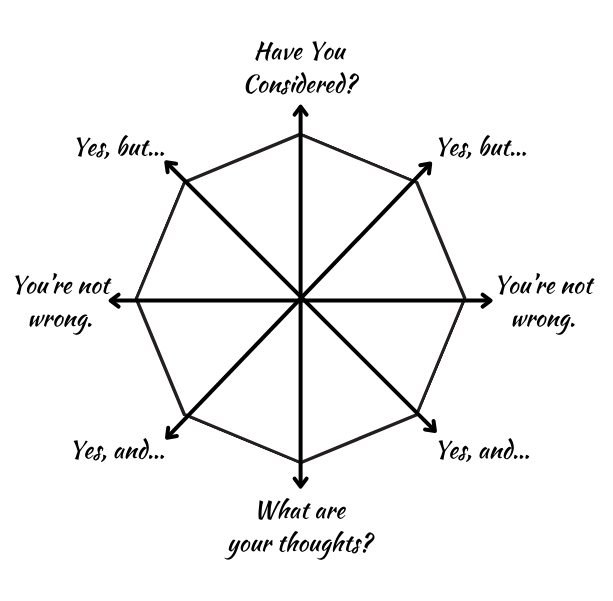Alright, word-warriors!
Feeling lost, facing hurdles, and need to navigate some life-changing conversations?
Same here, back in the day.
But hey, guess what helped me navigate those rough patches?
Not just hustle, but the very same principles I learned on the martial arts mat.
Yup, you heard that right.
Those fancy kicks and blocks?
The fluid movement of Happo Undo?
Turns out, they’re power moves for negotiating your way to success, too.
Why martial arts?
Because they’re all about control, focus, and flow.

And guess what?
Those are the exact tools you need to conquer tough talks, whether it’s asking for a raise, clearing the air with a friend, or setting boundaries with family.
Get Off the Railroad Tracks of Fight or Flight
When I first started Hapkido and began sparring.
The instructors not to move like we were on railroad tracks;
- rushing straight ahead to attack
- running straight back to defend
The instructors told us to move around each other, feel each other out, trying to flank one another.
That’s when I remembered an exercise I was taught in Aikido in Hawaii.

It was called Happo Undo, which means Eight Ways.
An exercise to learn how to easily move in the basic eight directions around yourself.
It looks like this:
When you learn to unconsciously slip and slide along the angles, you get off the railroad tracks and can evade more easily
So, let’s get down to business:
1. Stance like a Sensei, Speak with Confidence: Remember those deep, stable stances you practice in class? They do wonders for your conversations too. Stand tall, feet shoulder-width apart, shoulders relaxed, and head held high. This grounded posture projects confidence and shows you’re ready to face anything.
2. Breathe Like a Dragon, Master Your Words: Remember how controlled breathing fuels your punches and kicks? It works the same in conversations! Take deep, calming breaths before and during your talk. This slows your heart rate, clears your head, and helps you articulate your points clearly and calmly.
3. Block the Bullsh*t, Listen Like a Master: Just like you deflect blows in training, learn to block out distractions and negativity in conversations. Listen actively, nod your head, and show genuine interest in what the other person has to say. This builds trust and understanding, even if you disagree.

4. Counterattack with Empathy, Not Ego: Remember how you adapt your moves based on your opponent’s style? Do the same in conversations! Mirror the other person’s body language and validate their feelings, even if you disagree. This shows you respect them and opens them up to hearing your perspective.
5. Flow like Water, Adapt and Overcome: Remember how you adapt your movements to overcome challenges in training? The same applies to conversations. Be flexible, don’t be afraid to change your approach, and respond to the flow of the conversation. This keeps things dynamic and productive.
Action Steps, Young Padawan:
- Practice your stance: Stand tall in front of the mirror every day, feeling the power and confidence radiating from your core.
- Breathe like a champ: Practice deep breathing exercises daily to master your inner peace and focus.
- Become a listening machine: Actively listen to friends, family, and even strangers. Notice how it changes the conversation.
- Mirror, mirror on the wall: Pay attention to body language and practice mirroring it in positive interactions.
- Be water, my friend: Embrace flexibility and adapt your approach in conversations based on the situation.
Remember, young warriors, difficult conversations are opportunities for growth.

By applying these martial arts principles, you can navigate them with confidence, clarity, and success, paving the way for a brighter future.
Verbal Judo
That’s all well and good if you’re sparring on the mat, but how does it relate to conversations?
First, it gets you off the railroad tracks of attacking or running away conversationally.
Then it opens up other alternatives of how to respond with the other person.
For example, making a comment that starts with “But…” can often be seen as negating what has already been said.
Not an outright attack but possibly a flanking attack?
Compared to, responding with a “And…” comment is much less confrontational and can lead the conversation on to different paths of speculation.
While, completely side-stepping someone with a “You’re not wrong.”
You are neither agreeing or disagreeing, just acknowledging that you heard what was said.
You can see how practicing and honing your verbal skills can be as important in conversations as practicing your footwork on the mat.
And both can lead to success in business and in life.
Now get out there and conquer your conversations!
P.S. Want more tips and tricks?
Follow me on Twitter at @chuckvtt for daily doses of inspiration.
Oss!
Leave a Reply